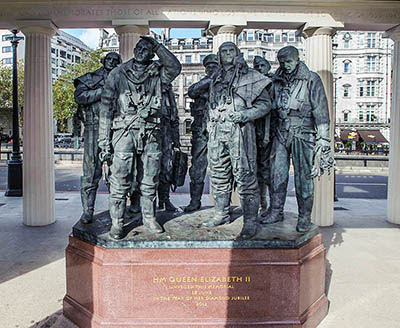January 9, 1945 - Less-Than-Comfy Accommodations
From the Operations Record Book:
The Squadron was again stood and again no flying was carried out owing to fog and the usual ground training was resorted to.
 |
| An example of a Nissen hut. The huts at 550 Squadron differed in that the stove and flue were located in the centre of the hut. Source: www.metcalfemodels.com |
Huts were heated with a circular cast iron coal-fired stove located in the centre of the hut with a flue running up through the roof.
One member of the 550 Squadron ground crew reasoned the best place to sleep was somewhere mid-way between the stove and the door, as anywhere too close to the stove was hot and dusty but too-near the door was drafty. Harris also wrote he was “sitting almost on top of a little stove, wearing my dressing gown over my battle dress, and listening to rain or sleet beating on the metal roof. I am not badly off… But for the weather, everything would be fine.”
The squadron’s recreation huts and storage buildings were also built using these temporary-type buildings. Crew huts were dispersed around the base and connected by a series of walkways to washrooms, mess huts and various offices. Bicycles were available on the base and crews might have to walk or bike up to a 3/4 of a mile across the base for meals.

Comments
Post a Comment